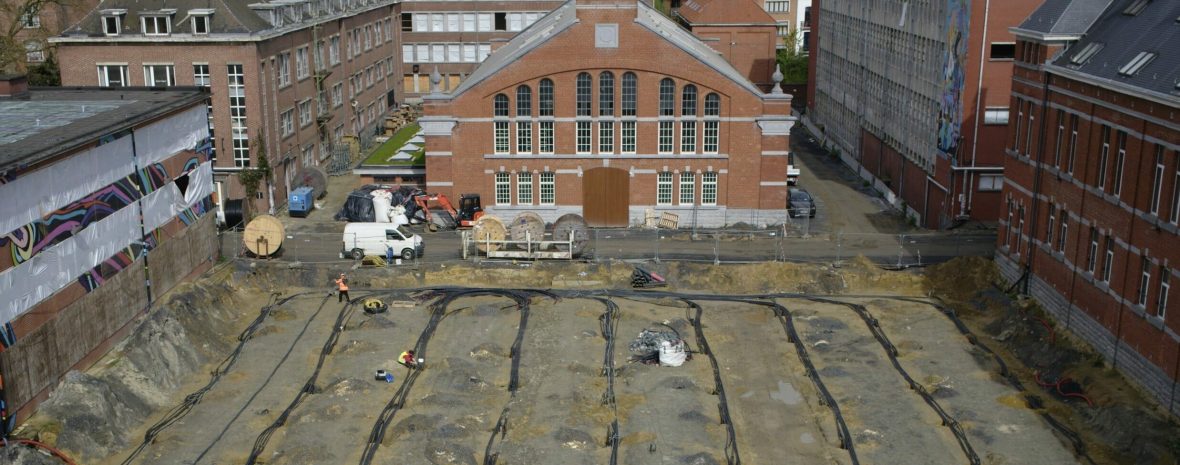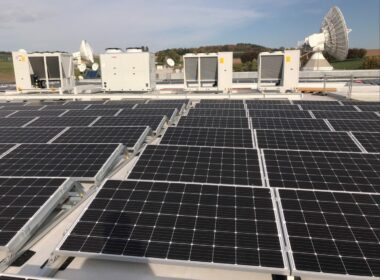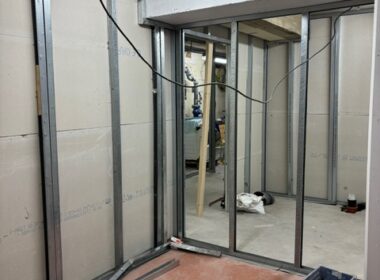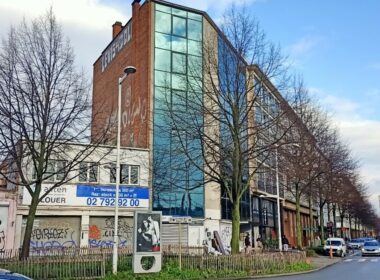Geothermal energy has many advantages, as it is clean, available 24/7, exploited directly on site and reversible (heat and cold production). In addition to higher yields than aerothermal heat pumps, geothermal energy even allows the seasonal storage of thermal energy. It is also a renewable energy source, provided it is used correctly. An undersized or overexploited system can hinder the natural regeneration of the underground reservoir, thus compromising its performance. However, the geothermal heat pumps available on the market exclusively meet the energy needs of buildings but do not incorporate the adaptive control of heat extraction from the subsoil according to the condition of the natural reservoir.
Therefore, research that contributes to a greater understanding of the interactions between the subsoil, installations and energy uses remains essential for optimising this technology and guaranteeing its sustainability.
Collaboration between engineers and geoscientists
At ULB, Pierre Gerard of the GeoMechanics Laboratory (BATir) and Corentin Caudron of the G-Time Department have been working together for several years to develop solutions for monitoring the subsoil. Their goal is to accurately monitor geothermal operations to guarantee their sustainability and renewability.
Two approaches have been developed based on the same technology, namely the installation of optical fibres in the subsoil along geothermal probes. The first approach aims to map the temperature field in the subsoil around the geothermal probes in real time using local temperature measurements provided by optical fibres. The second uses passive seismics (technology based on ambient seismic noise) and provides data on subsoil strain and temperature with high spatial and temporal resolution.
These fibre-optic sensors are deployed along the geothermal probes when they are installed in the subsoil and do not interfere with geothermal operations. As a result, they are particularly suitable for monitoring these operations on different scales and in a range of geological environments.
Usquare, a research pilot site
As part of their work, the two research teams were involved in the installation of optical fibres along a series of heat exchangers drilled in Usquare, on the site of the former École de Gendarmerie in Ixelles. This installation is based on a “shallow, low-temperature” geothermal system. The Société d’Aménagement Urbain (SAU, Urban Development Corporation), appointed by the Brussels-Capital Region to coordinate the different operations on the site, is the contracting authority for this rewarding scientific collaboration.
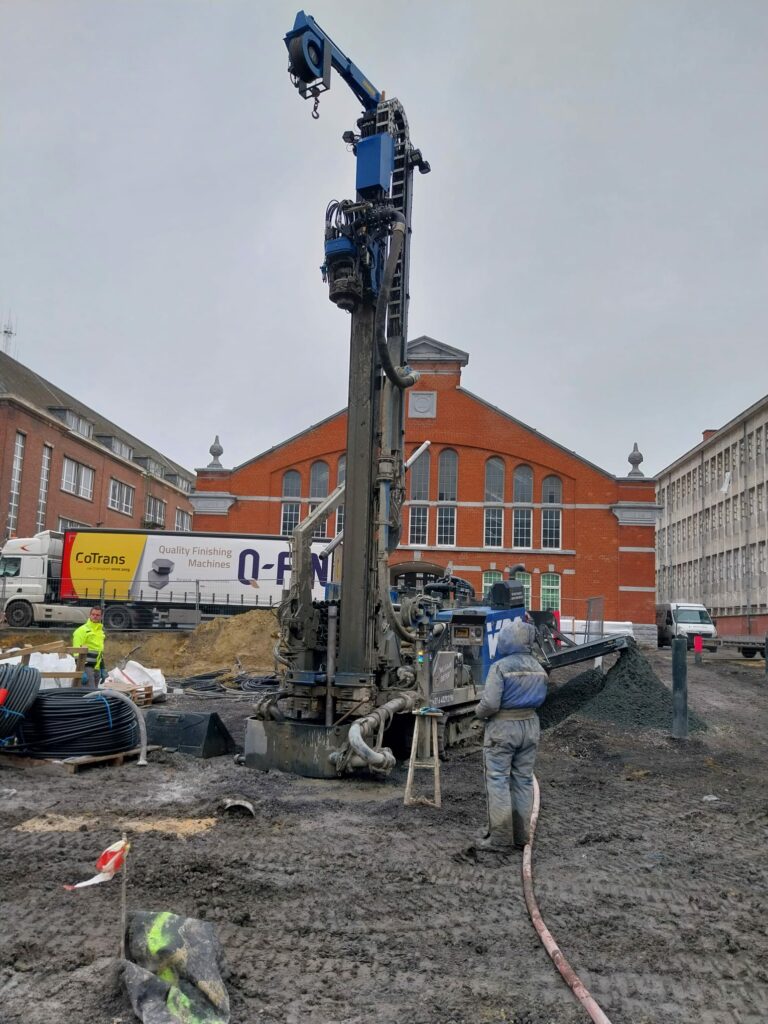
A total of 14 geothermal probes at a depth of 115 metres were fitted with different combinations of FBG (Fibre Bragg Gratings) for accurate point detection of subsoil temperature and deformation, and DAS (Distributed Acoustic Sensing) cables for distributed strain detection. A horizontal optical fibre was also installed to obtain a 3D image of the site.
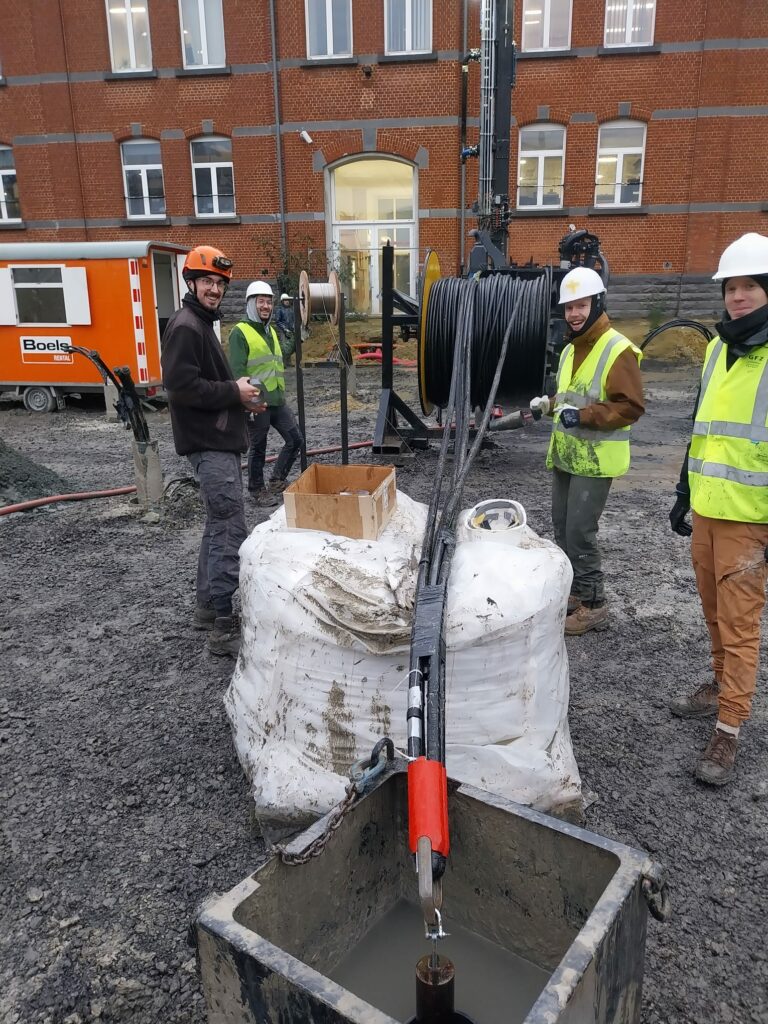
This equipment provides crucial information on the subsoil’s response during the extraction and injection of heat from or into the soil. The field of 132 heat exchangers currently drilled at Usquare will supply a heating network developed across the 3.95-hectare site.
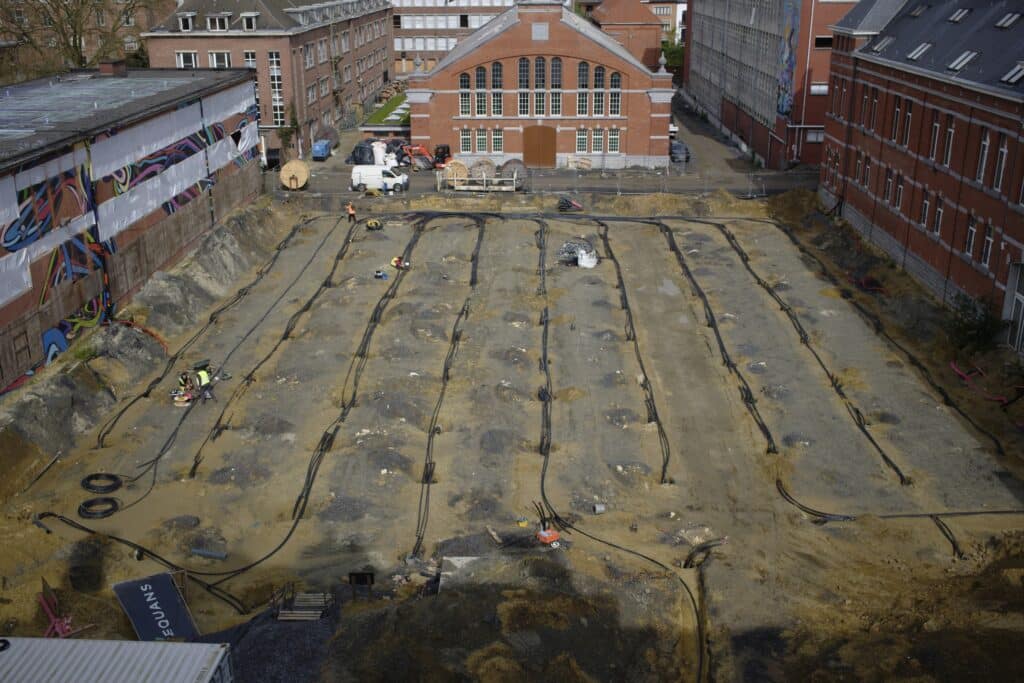
The preliminary results show that monitoring seismic noise (i.e. noise amplitude according to depth) provides valuable information for characterising the geothermal properties of the subsoil. In addition, regularly obtaining vertical temperature profiles makes it possible to estimate the local geothermal gradient and its variability after drilling has been completed. These advances offer promising prospects, as they not only enhance understanding of geothermal systems, they also pave the way for their optimisation.
As Belgium has recently decided to invest massively in geothermal energy in several regions and in a range of contexts, these results will have a significant impact on other projects for which the characterisation of geothermal reservoirs and operations will be crucial.
A number of challenges remain, as geothermal energy still requires in-depth research to fully decipher its mechanisms and make the best use of it, while respecting environmental constraints.
Authors:
Pierre Gerard – École Polytechnique de Bruxelles, BATir Department, GeoMechanics Laboratory (Professor)
Corentin Caudron – Faculty of Sciences, G-Time Department (Lecturer, WelRI Investigator)
Julie Blavier – Scientific Advisor, Knowledge Transfer Office, ULB Research Department
Antoine Delers – Communications Advisor, ULB Research Department
The installation of optical fibers and underground monitoring equipment was made possible through funding obtained by ULB as part of the European recovery plan (Recovery and Resilience Facility, NextGenerationEU, REPower EU section) and the Fédération Wallonie-Bruxelles.
